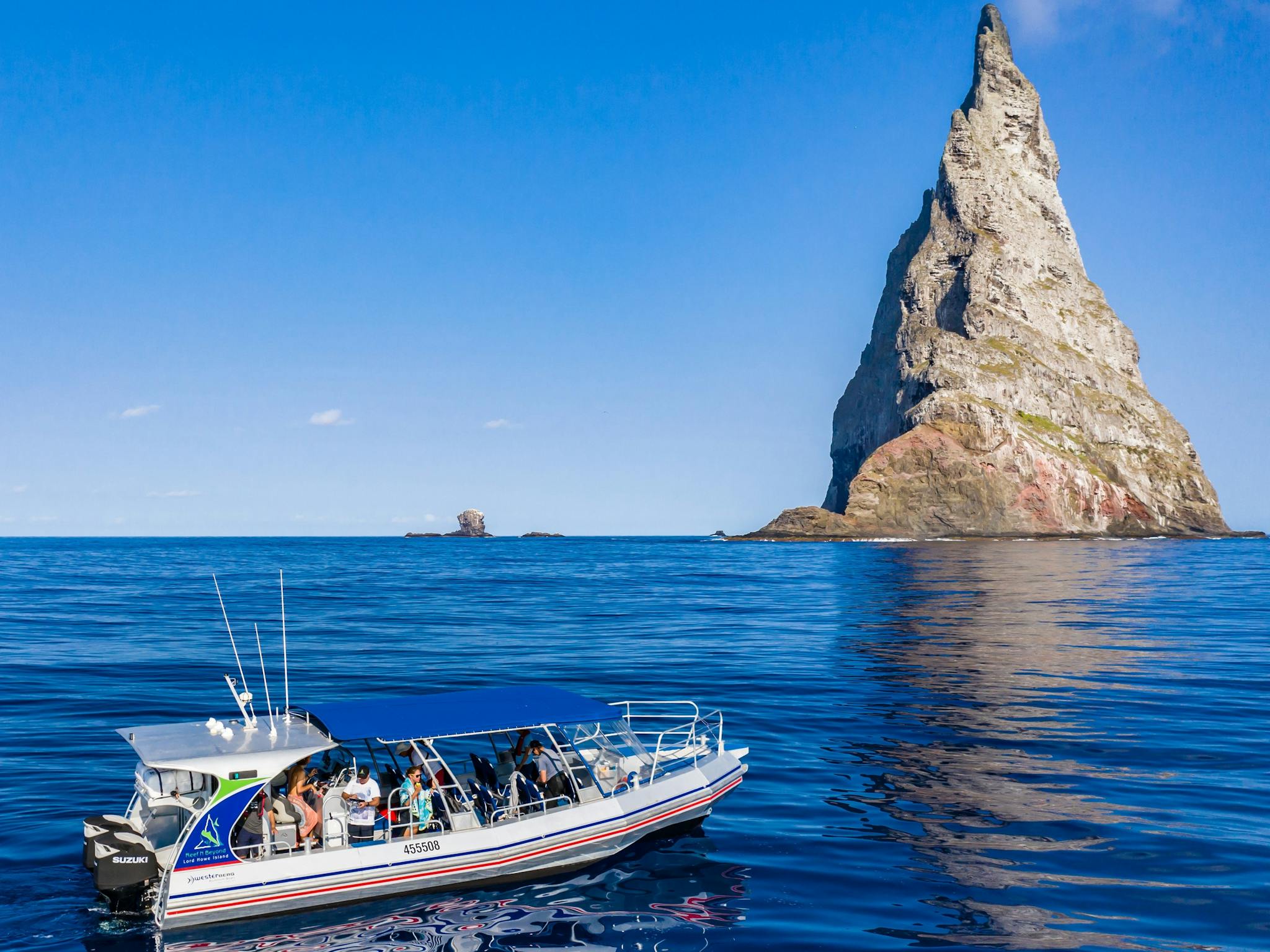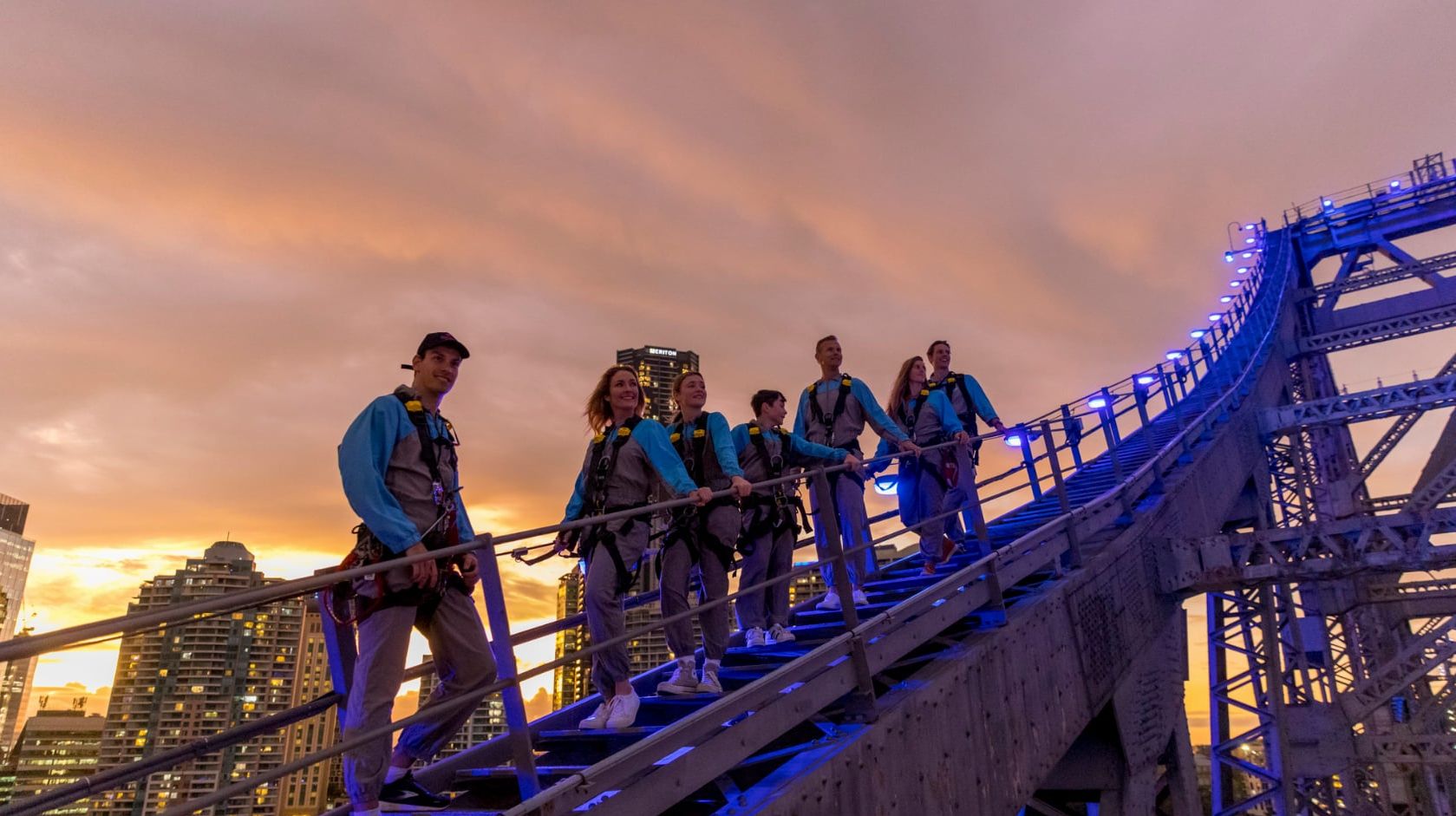Tasmanian wilderness tours offer a unique opportunity to explore some of the most pristine and remote landscapes in the world. Tasmania, an island state of Australia, boasts over 40% of its landmass protected as national parks and reserves, making it a haven for nature lovers and adventure seekers. From the iconic Cradle Mountain-Lake St Clair National Park to the ancient Tarkine Rainforest, Tasmania is home to diverse ecosystems, rare wildlife, and dramatic coastlines. Visitors can embark on multi-day treks, wildlife encounters, and river cruises, each offering a deeper connection to the untamed beauty of this island. The Tasmanian Parks and Wildlife Service (Tasmanian Parks and Wildlife Service) provides detailed information on protected areas and conservation efforts, ensuring that travelers experience these wild landscapes responsibly.
One of the highlights of Tasmanian wilderness tours is the Overland Track, a 65-kilometer trek through the heart of Tasmania’s World Heritage Wilderness Area. This six-day journey takes hikers through alpine meadows, ancient rainforests, and glacial lakes, offering breathtaking views of Cradle Mountain. Over 9,000 hikers complete this trek annually, making it one of Australia’s most famous long-distance trails. To protect this fragile ecosystem, the Tasmanian Walking Company (Tasmanian Walking Company) operates guided hikes with eco-friendly accommodations and sustainable practices. For those seeking a different kind of adventure, river cruises on the Franklin and Gordon Rivers provide an immersive experience into Tasmania’s wild river systems, accessible through tour operators such as World Heritage Cruises (World Heritage Cruises).
Exploring the Untouched Beauty of Tasmania’s National Parks
Cradle Mountain-Lake St Clair National Park
Cradle Mountain-Lake St Clair National Park is one of the most visited national parks in Tasmania, attracting over 280,000 visitors annually. Spanning 1,614 square kilometers, it is part of the Tasmanian Wilderness World Heritage Area. The park offers breathtaking landscapes, from glacial lakes to alpine moorlands. Popular activities include the Overland Track, a 65-kilometer trek that takes six days to complete, drawing thousands of hikers each year. Tasmanian wilderness tours often highlight this park for its diverse scenery and unique wildlife encounters.
Freycinet National Park and Wineglass Bay
Freycinet National Park is famous for its iconic Wineglass Bay, known for its white sandy beaches and turquoise waters. Covering 169 square kilometers, the park is home to pink granite mountains, coastal heathlands, and secluded bays. Wineglass Bay was once ranked among the top ten beaches in the world. Tourists can hike the 3-kilometer trail to the Wineglass Bay Lookout, providing panoramic views of the surrounding coastline. Kayaking, wildlife spotting, and rock climbing are popular activities in this stunning location.
Franklin-Gordon Wild Rivers National Park
This remote wilderness is known for its rugged terrain, ancient rainforests, and untamed rivers. Spanning 4,460 square kilometers, the park is part of the Tasmanian Wilderness World Heritage Area. The Franklin and Gordon Rivers flow through the park, offering some of the best river cruises in Tasmania. The Franklin River is particularly famous for white-water rafting, attracting adventure seekers from around the world. Tasmanian wilderness tours to this park often include river cruises that provide insights into the region’s history and ecology.
Southwest National Park and the Remote Wilderness
Southwest National Park is the largest national park in Tasmania, covering over 6,000 square kilometers. It is one of the most isolated places in Australia, with limited road access. The park features vast button grass plains, deep fjords, and towering peaks, making it a prime destination for wilderness exploration. The South Coast Track, a challenging 85-kilometer trek, takes around eight days to complete and showcases Tasmania’s most remote landscapes.
Mount Field National Park and its Waterfalls
Mount Field National Park, located just 64 kilometers from Hobart, is one of Tasmania’s oldest national parks. Covering 162 square kilometers, it is renowned for its diverse ecosystems, ranging from temperate rainforests to alpine landscapes. The park is home to the spectacular Russell Falls, one of the most photographed waterfalls in Tasmania. The Tall Trees Walk offers visitors a chance to see some of the tallest eucalyptus trees in the world, reaching heights of over 80 meters.
Maria Island National Park and Its Historic Ruins
Maria Island National Park is a unique combination of natural beauty and historic sites. Located off the east coast of Tasmania, the island is accessible only by ferry. The island spans 115 square kilometers and is known for its abundant wildlife, including wombats, kangaroos, and Tasmanian devils. The Painted Cliffs and Fossil Cliffs are popular geological attractions. The island also has a rich convict history, with well-preserved ruins from the 19th century.
Tarkine Rainforest and Its Ancient Ecosystem
The Tarkine, located in northwest Tasmania, is the largest temperate rainforest in Australia, covering 4,500 square kilometers. It is home to more than 60 rare and endangered species, including the Tasmanian wedge-tailed eagle and the giant freshwater crayfish. The rainforest is also rich in Aboriginal heritage, with thousands of cultural sites found throughout the region. Visitors can explore the Tarkine by foot, kayak, or 4WD tours, making it a key highlight of Tasmanian wilderness tours.
Wildlife Encounters in Tasmania’s Remote Wilderness
Tasmanian Devils and Their Conservation
The Tasmanian devil is one of the most iconic animals in Tasmania, but its population has declined by over 80 percent due to a contagious cancer known as Devil Facial Tumor Disease. Conservation programs, such as the Save the Tasmanian Devil Program, aim to protect and breed disease-free populations. Wildlife tours to sanctuaries like Bonorong Wildlife Sanctuary and Devils@Cradle allow visitors to see these creatures up close.
Wombats and Their Adaptations
Wombats are common in Tasmania and can be seen in national parks such as Cradle Mountain and Maria Island. These marsupials have a distinctive cube-shaped feces, which prevents it from rolling away and helps them mark their territory. Their thick skin and burrowing behavior protect them from predators.
The Unique Platypus and Its Habitats
The platypus is one of the most unusual mammals, being one of the only egg-laying mammals in the world. Tasmania has some of the healthiest platypus populations in Australia. They are commonly found in rivers and lakes in Mount Field National Park and the Tasman Peninsula.
Birdwatching in Tasmania’s Wilderness
Tasmania is home to over 300 bird species, including twelve that are endemic. The forty-spotted pardalote and the swift parrot are among the rarest birds in the world. The Bruny Island birdwatching tours attract nature enthusiasts eager to spot these unique species.
Marine Life Encounters in Coastal Waters
Tasmania’s coastal waters are rich in marine biodiversity. Tours in the Tasman Peninsula and Freycinet National Park offer opportunities to see dolphins, seals, and even migrating humpback whales. The waters around Maria Island are known for their kelp forests, which support a diverse range of marine species.
Hiking Trails Through Ancient Forests and Mountain Landscapes
The Overland Track and Its Epic Journey
The Overland Track is Tasmania’s most famous hiking trail, covering 65 kilometers through the heart of the Tasmanian Wilderness World Heritage Area. It takes six days to complete and offers breathtaking views of Cradle Mountain and Lake St Clair.
The South Coast Track and Its Wild Beauty
The South Coast Track is an 85-kilometer trek through remote landscapes, taking around eight days to finish. It is known for its pristine beaches, dense rainforests, and rugged mountain scenery.
The Three Capes Track and Coastal Views
The Three Capes Track is a 48-kilometer coastal walk on the Tasman Peninsula. It features some of the highest sea cliffs in the Southern Hemisphere, reaching heights of 300 meters.
The Freycinet Peninsula Circuit and Secluded Beaches
The Freycinet Peninsula Circuit is a 30-kilometer trail that passes through Freycinet National Park. Hikers can experience Wineglass Bay, Hazards Beach, and Mount Graham along the way.
The Tarkine Rainforest Walks
The Tarkine region offers several walking trails through ancient temperate rainforests. The Julius River Walk and the Arthur-Pieman Conservation Area provide access to untouched landscapes.
River Cruises and Coastal Adventures in Tasmania
Franklin River Rafting Expeditions
Gordon River Cruises and Historical Insights
Bruny Island Coastal Cruises and Wildlife Viewing
Exploring Sea Caves in the Tasman Peninsula
Kayaking Adventures in Freycinet National Park
The Rich Indigenous Heritage of Tasmania’s Wilderness
Aboriginal Rock Art and Ancient Sites
The Importance of Palawa Culture in Tasmania
Indigenous Guided Tours and Their Significance
The Role of the Tasmanian Aboriginal Centre
Traditional Knowledge and Environmental Conservation
Eco-Friendly and Luxury Wilderness Tours in Tasmania
Sustainable Travel in the Tasmanian Wilderness
Luxury Lodges and Nature Retreats
Exclusive Wildlife Experiences in Remote Areas
Eco-Tourism Initiatives and Conservation Efforts
Glamping and Off-Grid Adventures
Planning the Perfect Tasmanian Wilderness Adventure
Best Times to Visit Tasmania’s Wilderness
What to Pack for an Outdoor Adventure
Permits and Regulations for National Parks
Choosing the Right Guided Tours
Essential Safety Tips for Remote Exploration




